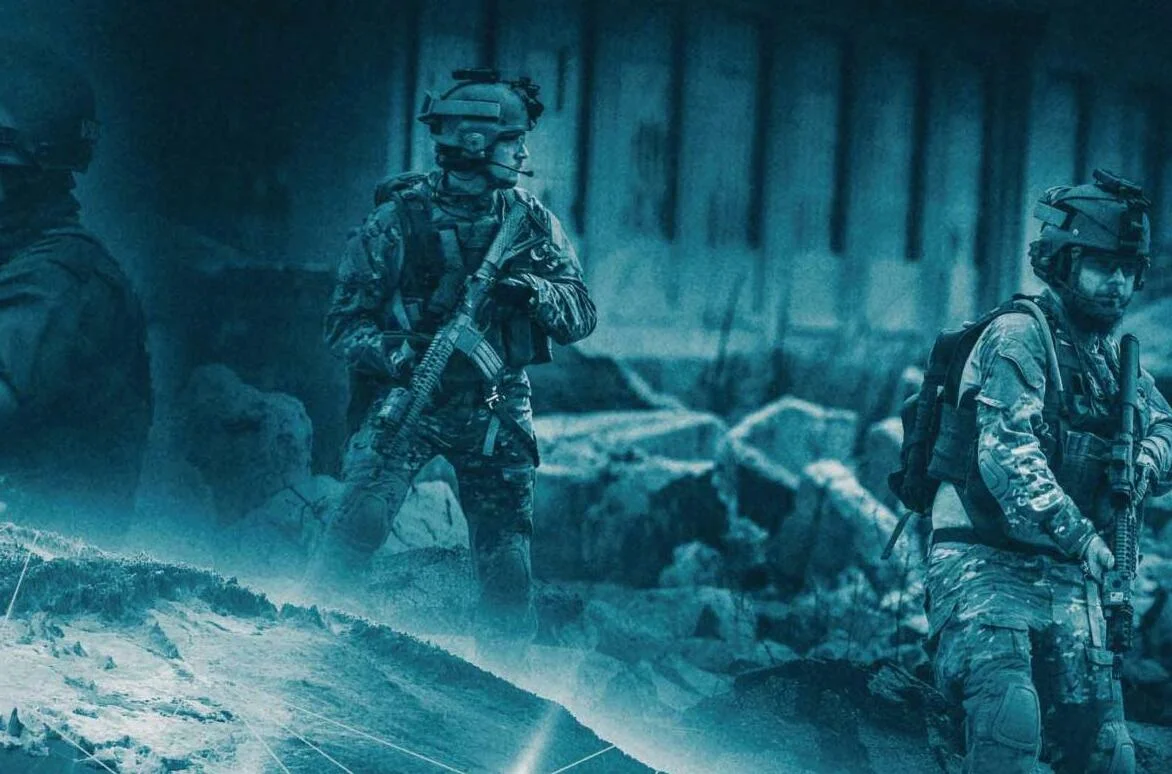In the evolving landscape of military training, technology has become a powerful enabler of more efficient and effective learning methods. One of the most innovative advancements in this space is the use of 360° modeling in Tactical Exercises Without Troops (TEWT) and Map Reading (MR) training. By simulating real-world environments with precision and immersiveness, 360° modeling is reshaping how military personnel prepare for operations—enhancing strategy, planning, and decision-making without the logistical complexities of field exercises.
What is 360° Modeling?
360° modeling refers to the creation of highly detailed, three-dimensional virtual environments that can be viewed from all angles. These environments allow users to explore, interact with, and observe terrain, buildings, and objects as though they were physically present. In military applications, this technology replicates battlefields, landscapes, and strategic points, offering a realistic simulation of real-world environments.
Through this immersive technology, soldiers and officers can conduct thorough tactical exercises and map reading sessions without the need for deploying troops on the ground, hence the term Tactical Exercise Without Troops (TEWT).
How 360° Modeling Enhances TEWT
Tactical Exercises Without Troops (TEWT) are critical in preparing military personnel for strategic planning and combat operations. Traditionally, these exercises required physical presence in the field, often involving extensive logistical efforts. With 360° modeling, TEWT can now be conducted virtually, eliminating the need for physical deployment while still delivering an accurate representation of the battlefield.
Here’s how 360° modeling enhances TEWT:
-
Realistic Environment Replication
360° models provide a highly realistic view of the battlefield, allowing trainees to analyze terrain, understand obstacles, and consider different tactical approaches just as they would in the real world. The level of detail in these models includes every angle, elevation, and object, ensuring a comprehensive understanding of the terrain. -
Strategic Planning and Analysis
Officers and soldiers can practice mission planning by navigating through the 360° virtual environment. They can visualize troop movements, consider line-of-sight for artillery placement, and assess defensive positions without any risk. This allows for deeper insight into strategic decision-making and improves overall operational readiness. -
Risk-Free Training
One of the key benefits of 360° modeling is that it removes the risks associated with real-world field exercises. Trainees can experiment with different tactics and strategies without the pressure of causing harm to personnel or damage to equipment. This allows for more flexibility in training, as exercises can be conducted multiple times, refining strategies without cost or risk. -
Cost-Effective and Scalable
Traditional TEWT often requires a significant investment in resources, from logistics to transportation and on-ground facilities. In contrast, 360° modeling offers a cost-effective solution by creating virtual environments that can be accessed from anywhere. This also makes it scalable, allowing multiple personnel to participate in exercises simultaneously without the need for large physical spaces.
Revolutionizing Map Reading (MR) with 360° Modeling
Map Reading (MR) is a fundamental skill for military personnel, as it forms the backbone of navigation and mission planning. The use of 360° modeling is transforming the way soldiers and officers learn and practice map reading.
Here’s how 360° modeling improves MR training:
-
Enhanced Terrain Visualization
With traditional map reading, trainees rely on flat, 2D representations of terrain. 360° modeling brings maps to life, converting them into three-dimensional landscapes that provide a more accurate understanding of the terrain. Soldiers can see how elevation, distance, and obstacles play a role in navigation, improving their ability to interpret maps under real-world conditions. -
Hands-On Practice
By navigating through 360° virtual environments, trainees can practice map reading in a dynamic way. They can plot routes, calculate distances, and determine strategic positions using virtual terrain, gaining hands-on experience that goes beyond reading a paper map. -
Improved Decision-Making
In complex operations, understanding the terrain is critical to making fast, informed decisions. By training with 360° modeling, military personnel can better anticipate terrain challenges and adapt their plans accordingly. This real-time engagement with virtual landscapes makes them more prepared for high-pressure situations in the field. -
Interactive Map Exercises
Instructors can design interactive map reading exercises where trainees must navigate through a virtual terrain and reach a destination by plotting the best possible route. This level of interactivity encourages active learning and ensures that trainees gain the skills they need to navigate real-world environments effectively.
Benefits of 360° Modeling for Military Training
The use of 360° modeling for TEWT and MR training offers a range of significant advantages:
-
Realistic, Immersive Training: Soldiers can experience the battlefield and navigate terrain in an immersive, 360° environment that closely mimics real-world conditions.
-
Increased Flexibility: Training can be conducted from anywhere, making it easier to schedule and scale exercises for larger groups.
-
Cost Efficiency: By reducing the need for physical deployment, logistics, and equipment, 360° modeling cuts costs while maintaining high-quality training standards.
-
Repetition and Refinement: Soldiers can engage in exercises multiple times to perfect their strategies and decision-making without incurring additional costs or risks.
-
Risk-Free Environment: With virtual exercises, soldiers can practice high-stakes scenarios in a safe, controlled environment, allowing them to experiment and learn from mistakes.
Conclusion
360° modeling is revolutionizing the way military personnel conduct Tactical Exercises Without Troops (TEWT) and Map Reading (MR). By offering realistic, scalable, and cost-effective training solutions, this technology prepares soldiers for real-world challenges in ways that traditional methods simply cannot match. As the use of 360° modeling grows, it will play an increasingly vital role in the future of military training, ensuring that personnel are equipped with the skills and knowledge they need to succeed in any mission.

